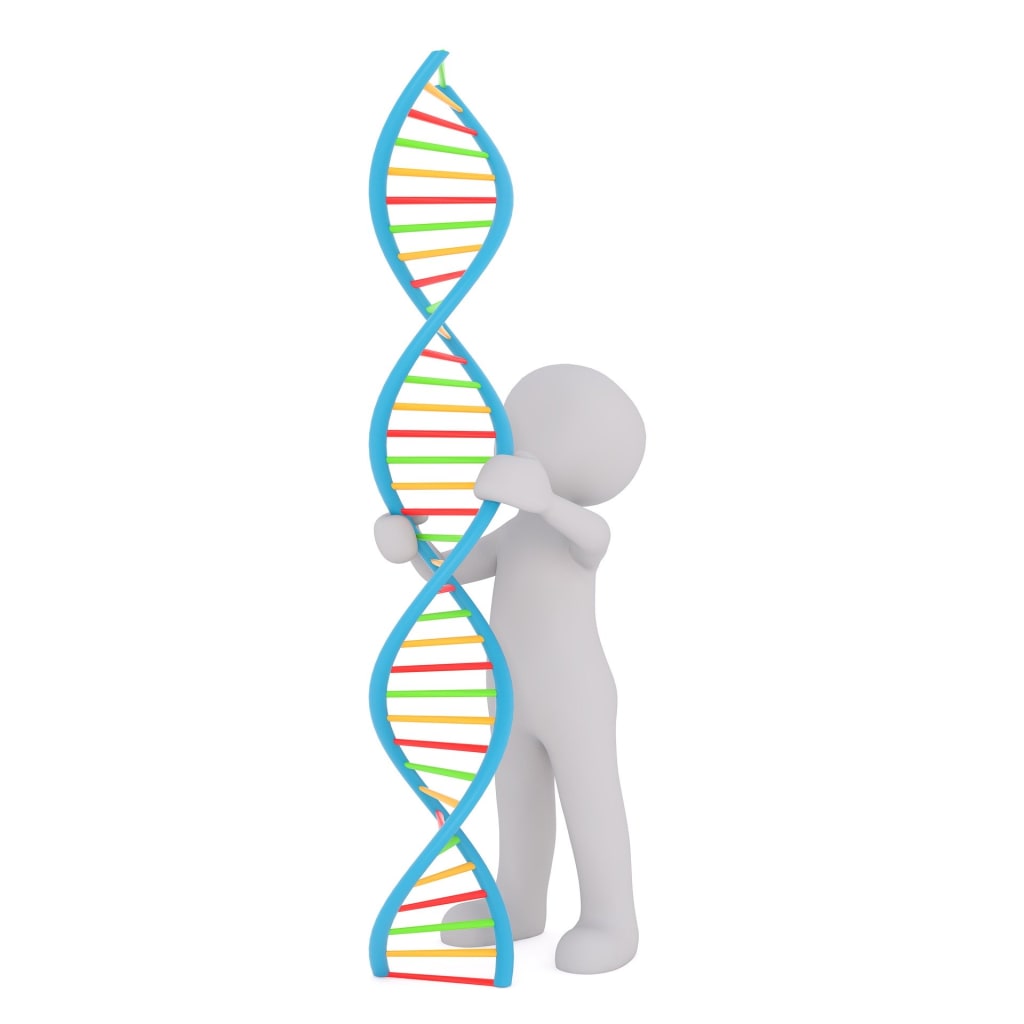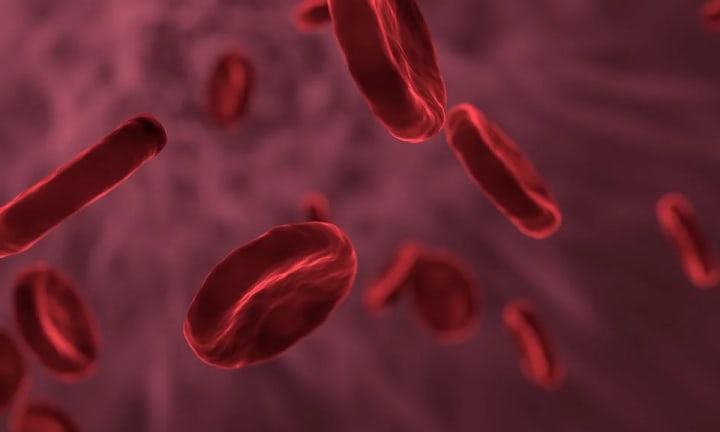How does the stem cell retain its cellular identity?
Let's know more about the stem cell!

Our body consists of various types of cells. Cells are the functional, biological, and structural building blocks of every living organism. One of the most versatile and unique cell types is Stem cells. They are present in the body right from the embryo stage to adult life. It has the unique ability to produce new specialized cells. Stem cells also supply new cells for the body while replacing the damaged specialized cells. One of the most significant properties of stem cells is to retain cellular identity. To understand cellular identity retention, let us first see what specialized stem cells are.
What is a specialized stem cell?

https://pixabay.com/illustrations/red-blood-cells-microbiology-biology-3188223/
A specialized stem cell is one that meets a distinct cellular functionality in the body like a neuron, bone tissue, skin cell, etc. These stem cells can renew themselves, i.e., they can provide more similar kinds of cells. For example, a bone marrow cell can replicate into a specialized bone marrow cell.
There are three main types of stem cells:
1. Adult stem cell
Adult stem cells are target specific stem cells that are specific for different cells based on the cell functionality. They are multipotent, i.e., they can develop into specific cell types and have differentiated cellular identities like bone stem cells can only grow into bone tissues and skin stem cells, providing cells that constitute the skin.
2. Embryonic stem cell
As the name suggests, these cells provide new cells for an embryo during its process of development into a baby. These cells are pluripotent, i.e., they can develop into any cell within the body.
3. Induced pluripotent stem cells
Scientists prepare these cells in the lab using a process called gene synthesis. They convert normal body cells into stem cells. Like embryonic cells, they are also pluripotent.
Embryonic and induced pluripotent stem cells can retain the cellular identity of a variety of cell types.
What is Cellular identity?
In a multicellular organism, cells can take various functionalities. The DNA in each cell contains the message about the functionalities of the future cells. Cellular identity is the unique message that a cell receives about its nature through DNA transcription and replication. Even though the DNA is similar in cells, during cell division or due to external factors, the DNA sequence can modify or damage, leading to a loss of cellular identity. When this happens, the cells can malfunction, leading to disease, or the cells can grow uncontrolled leading to cancer.
How does the stem cell retain its cellular identity?
The process of cell division also called mitosis, involves division of a single cell into two identical daughter cells. Its primary goal is to grow and renew the damaged cells. During mitosis, the cell chromatin condenses, and the mitosis also silences the transcription. At this time, the chromosomes lose their many characteristics that define that cell. As the stem cells are fast-circulating between regeneration and differentiation, it becomes challenging to maintain cell identity. If mitosis does not happen correctly, it can alter the DNA and thus can lead to genetic disorders, diseases, and cancerous cells. It makes it imperative to understand how the stem cell retains its cellular identity. According to an article, there are three models by which stem cells retain cellular identity.
1. Hierarchy Activation (HA) Model: In this model, the stemness genes receive more importance. Stemness genes are crucial in maintaining the uniqueness of a species, i.e., these cells differentiate the characteristics and functioning of a species from the rest of the population. In the HA model, to maintain the lineage and pluripotency of stem cells, the embryonic stem cells silence the cell commitment genes (i.e., genes dedicated to different body functionalities) and activate the lineage-specific genes thus determining a unique identity of a species.
2. Promiscuous Transcription (PT) Model: In this model, contrary to the HA model, instead of activating the stemness genes, the stem cells silence the stemness genes and activate tissue-specific genes that differentiate the identities of various tissues from one another. For example, in this model, the stem cells differentiate between bone tissue from red blood cells. Thus the PT model determines the inter-cellular identity
3. Transcription Marker (TM) model: This model demonstrates the ability of a stem cell to memorize a cell functionality and use it to generate specialized cells later. Embryonic stem cells or even induced pluripotent stem cells have tissue-specific genes that remain suppressed, but they have markers that attach to the chromatin, ready for transcription at a later stage of cell differentiation. This model is useful to retain cellular identity during gene synthesis in labs. The histone markers in the "lab generated stem cells" bookmark the cellular identity in the new gene for future functionalities.
Therefore, the pluripotent and embryonic stem cells can help retain cellular identity at all three levels, i.e., global species level, local tissue level, and as a reserve for the future development of cells. Primarily, their ability to reproduce, fastly transcript, and renew themselves at a rapid rate has found their use in disease control by rapidly producing healthy cells and also to halt cancerous growth of cells. The pluripotent stem cells attach to the cell's chromatin as bookmarks and induce cell division in a controlled manner. Scientists can regulate stem cell division using histone markers which can help study the efficacy of stem cells growing other disease-free cells. Scientists found in a study that embryonic stem cells showed active transcription process even during mitosis, which demonstrates that the cellular identity stays intact during cell division.
Summary:
To summarize, embryonic stem cells have the capability of growing into any cell. Not only that, but the stem cells also act as a memory disk (as shown in the TM model) for generating future cells with differentiated properties. The stem cells ensure not just a first-time cellular identity but also maintain cell functionality in the long run. This property of cellular identity retention can be useful in fighting against the formation of tumors, neurodegenerative diseases, and cancer. All these diseases are mainly the loss of cellular identity. Further research is ongoing in this area, and there is a hope that if we understand fully how stem cells retain cellular identity, these cells can be useful for therapeutic purposes.





Comments
There are no comments for this story
Be the first to respond and start the conversation.